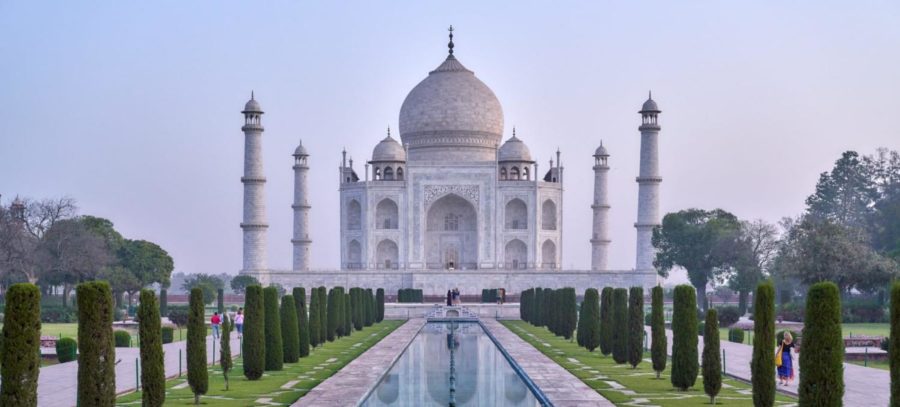India and Their Architecture
March 2, 2022
India is the second-most populous country in the world, just behind China. India is a multi-religious and cultural country, with a lot of history that reflects in every aspect of their life, but if there is something that reflects in the best way, the story behind this country is their architecture
The beautiful and unique mix between Hindu architecture and the Indo-Islamic is the most well-known historical, and therefore the main characterized style, but they aren’t the only architecture style that exists in India.
- Vernacular: This architecture can be defined as a type of local or regional construction, using traditional materials and resources from the area where the building is located. Consequently, this architecture is closely related to its context and is aware of the specific geographic features and cultural aspects of its surroundings, including being strongly influenced by them. For this reason, they are unique to different places in the world, becoming even a means of reaffirming an identity. In India, the Chand Baori is the best example of this type of architecture and is the deepest stepwell in the world.
- Dravidian: Developed in the south of India, Dravidian is an architectural style that emerged in the southern part of the Indian subcontinent, and in Sri Lanka, reaching its final form by the sixteenth century. It is seen in Hindu temples, and the most distinctive difference from north Indian styles is the use of a shorter and more pyramidal tower over the garbhagriha, or sanctuary called a vimana, where the north has taller towers, usually bending inwards as they rise, called shikharas. The best example of this type of architecture is Sun Temple, also known as the Black Pagoda.
- Buddhist: The Buddhist architecture of every region has its own unique character due to differing cultural and environmental factors. Close in proximity, Ceylon’s architecture is similar to India’s architecture. Burma, Thailand, and Cambodia also share a similar style, with structures that incorporate the use of wood into their design. Java’s stupas resemble those of Tibet, which are made of stone and represent the nine-layered Mandala (a symbolic circular figure that represents the universe, and the divine cosmology of various religions: used in meditation and rituals). Tibet’s large monasteries are typically constructed on hillsides and are similar in style to European architecture in which the buildings are connected to each other, forming a type of street-style arrangement. In India, the Sanchi Stupa is an example of this architectural style.
- Hindu: Developed over the centuries from simple rock-cut cave shrines to massive and ornate temples which spread across the Indian sub-continent and beyond, forming a canonical style that is still adhered to today in modern Hindu temples across the globe. Essential elements of Hindu architecture are precise and harmonious geometry when viewed from all four sides and above, the square form and grid ground plans, soaring towers, and elaborate decorate sculpture which includes gods, worshippers, erotic scenes, animals, and floral and geometric patterns. One of the best examples of this architecture is the Amber Fort, one of the hill forts in Rajasthan.
- Indo-Islamic: The types and forms of large buildings required by Muslim elites, with mosques and tombs much the most common, were very different from those previously built in India. The exteriors of both were very often topped by large domes and made extensive use of arches. Both of these features were hardly used in Hindu temple architecture and other indigenous Indian styles. Both types of buildings essentially consist of a single large space under a high dome, and completely avoid the figurative sculpture so important to Hindu temple architecture. One of the seven wonders of the world is the famous Taj Mahal, situated in the Yamuna River, and well known for being the greatest architectural achievement in the whole range of Indo-Islamic architecture.





















































































































































